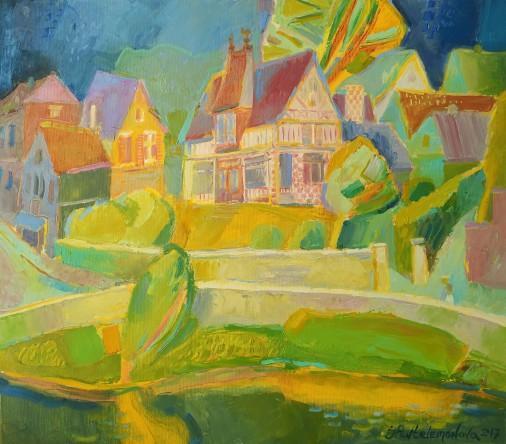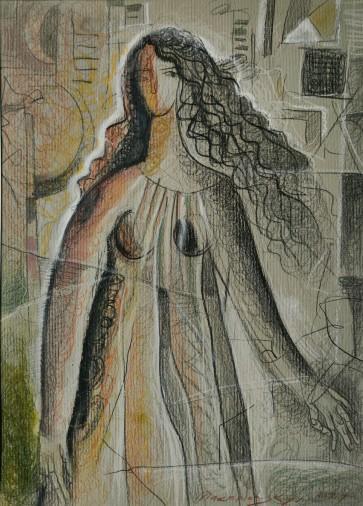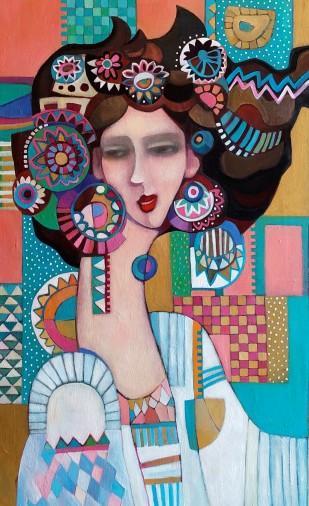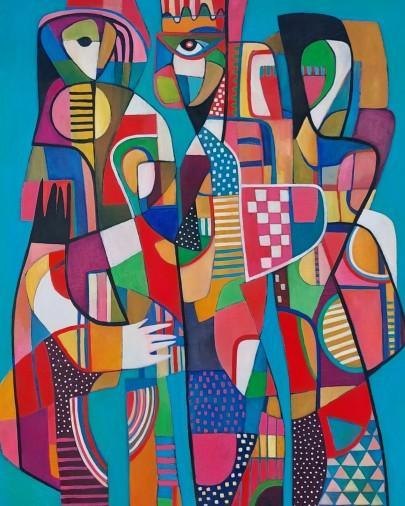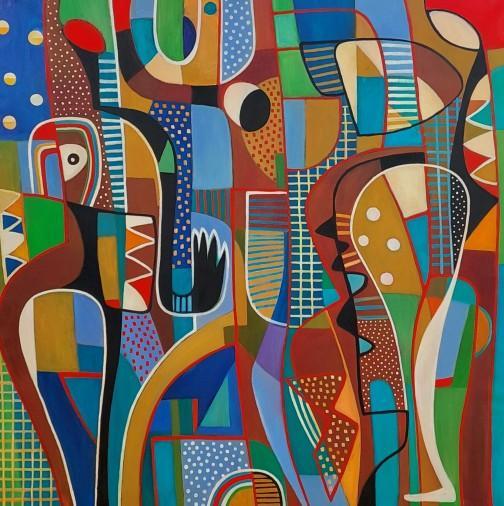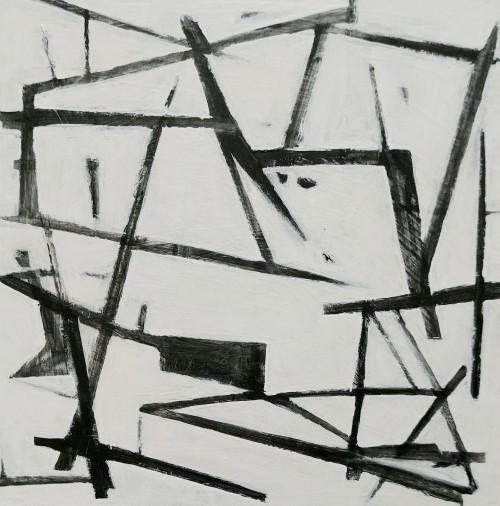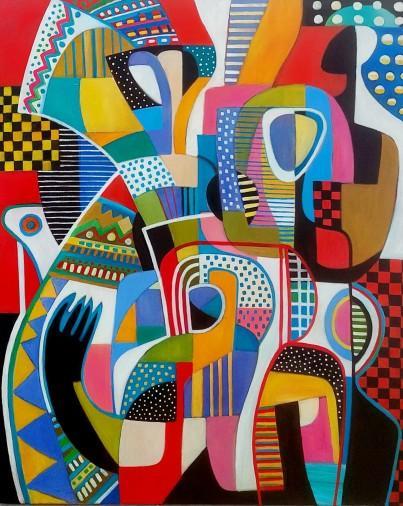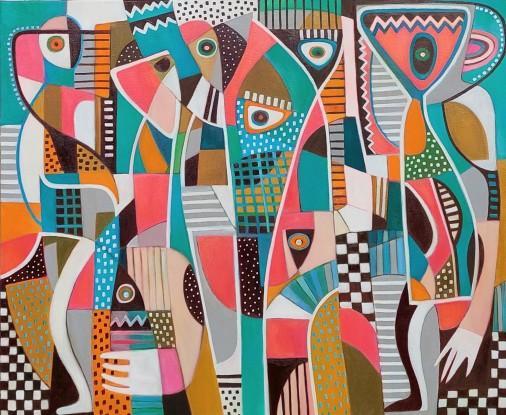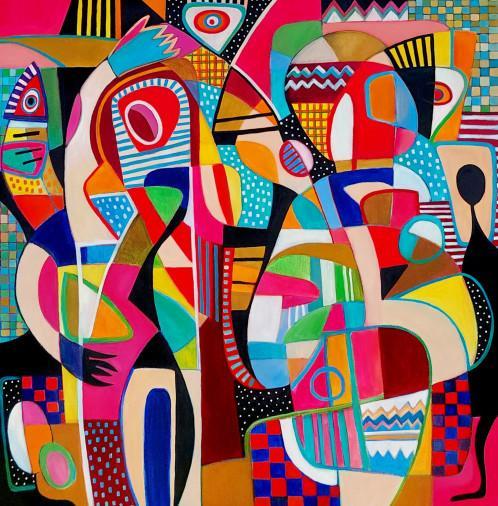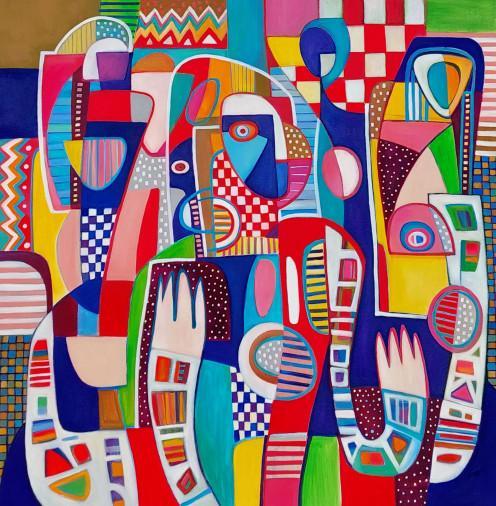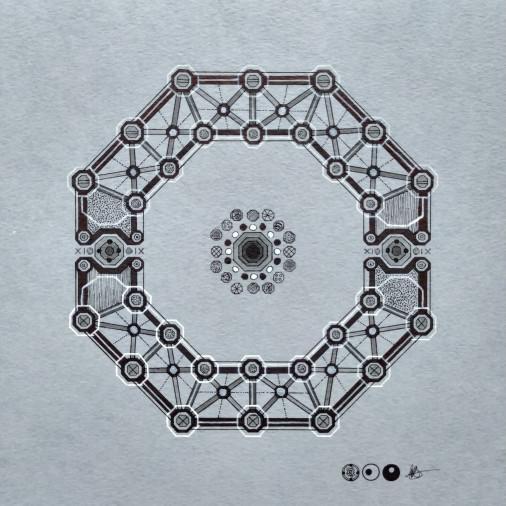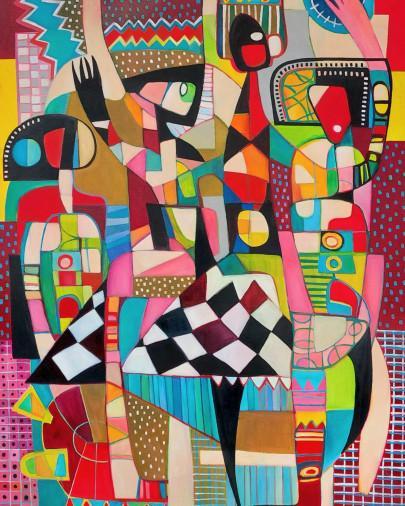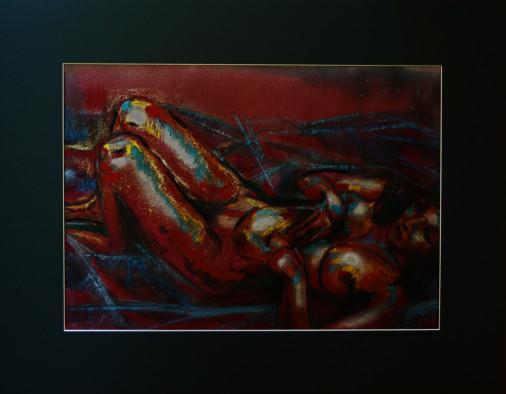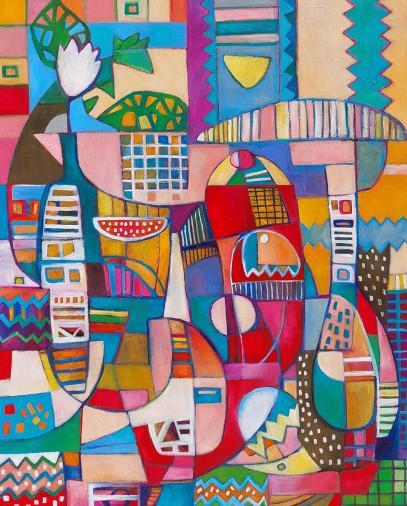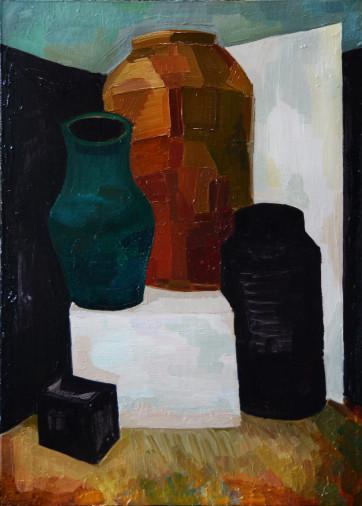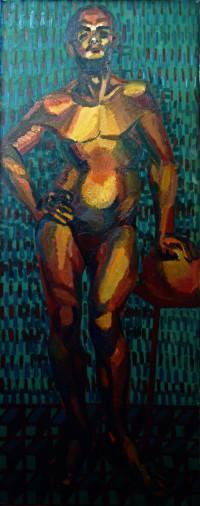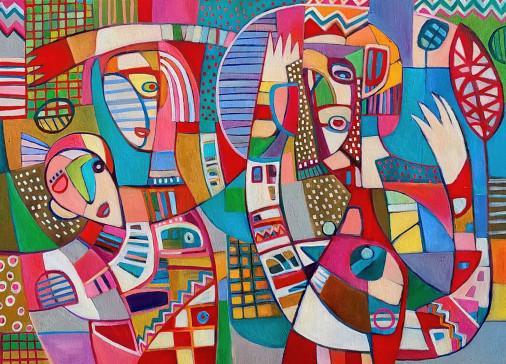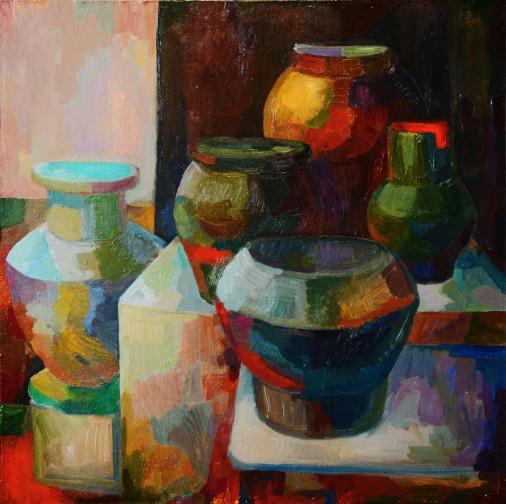Cubism paintings
(85)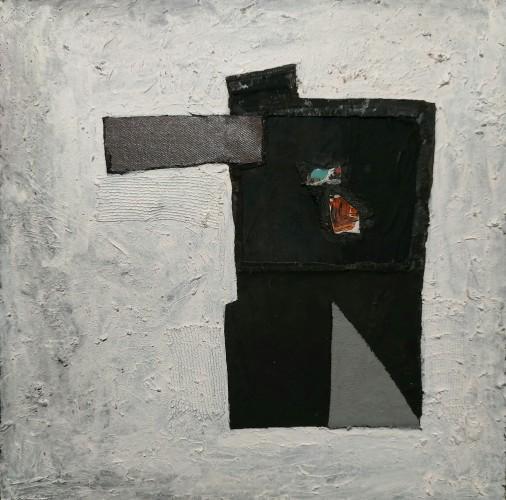
Vasyl Lokatyr € 122
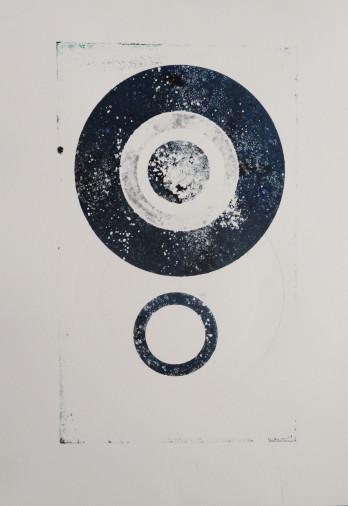
Valentyna Levina € 77
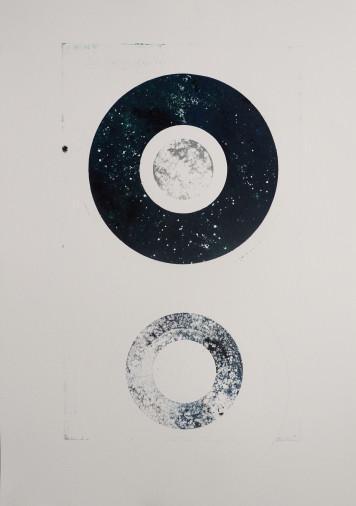
Valentyna Levina € 77
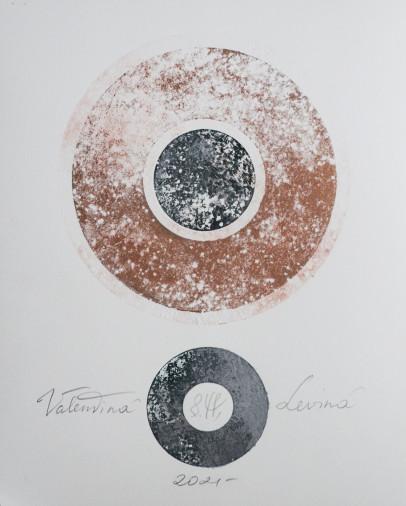
Valentyna Levina € 75
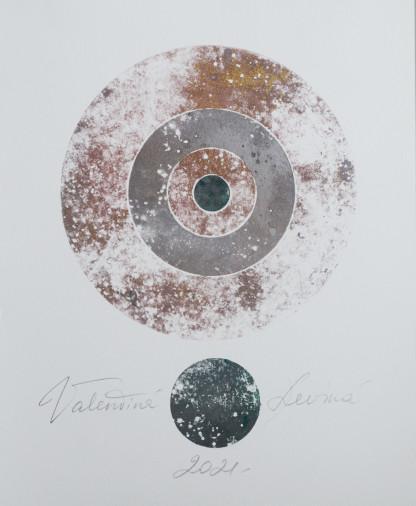
Valentyna Levina € 75
Expand your search
Cubism: the revolution of form in the world of art
Apparently, there is no other direction of modernism that would cause so much controversy among people uninitiated in the mysteries of art. The bizarre forms in the paintings of cubism impress with their remoteness from everything we are used to seeing in reality. On canvases, three-dimensional images literally disintegrate on a plane and combine into abstract images. The emergence of cubism was the result of a long evolution of Western European painting, so it is impossible to understand this art without additional knowledge of its prerequisites.
Philosophical foundations of cubism
Cubism became a symbol of artistic and intellectual fashion of the early twentieth century. The struggle against academicism, which began in the middle of the 19th century, gave rise to new directions in art, but artists soon began to feel that the process of renewal was coming to a standstill. One of the first to notice this was the famous Pablo Picasso. Fauvism, which preceded cubism, experimented freely with color, but its intellectual potential was limited. Wanting to give European art a new impetus for development, Picasso began to study reality with the help of geometric shapes. The abandonment of perspective, which had been an inviolable canon for five centuries, and experiments with forms gave life to a new direction that some researchers see as an intermediate link between modernism and contemporary art.
Stages of development
There are three stages in the evolution of cubism: early, analytical, and synthetic.
- Early. During this period, the founders of the trend Pablo Picasso and Georges Braque, following the will of Cezanne, subjected to critical analysis of perception of the world. According to them, sight and mind construct reality, while it itself looks completely different. Artists abandon the classical methods of "distortion" of reality and paint pictures with cubic objects.
- Analytical. This period is characterized by the separation of complex geometric shapes into two-dimensional planes bounded by straight or curved lines. In some paintings, the elements of complex images merge with each other and with space.
- Synthetic. At this stage, artists sought to construct new objects from existing elements. Planes, lines, patterns and textures were used. Fragments of everyday materials were present in the collage, symbolizing the interpenetration of art and life.
Cubism: pictures of true reality
When comparing the paintings of cubism with still lifes or landscapes of the Classicist or Baroque era, it can be seen that the artists abandoned the techniques of creating perspective. Distant objects are displayed without rounded edges, darkening and blurring. Cubists believed that such a "visual dictation" hinders the perception of reality. They abandoned not only the perspective, but also the fixation of the object at one point in space. The subject is often depicted from different angles. In this case, the ideas and spatial characteristics of objects in the paintings of cubism are more important than the ways of expression. Unlike the Fauvists and Impressionists, Cubist artists do not seek to convey a personal attitude to the world on canvas.
In the online gallery KyivGallery you will find many paintings in the genre of cubism of contemporary Ukrainian artists. The works are made in an original manner and are real works of art. Paintings from our gallery will decorate your interior and give unforgettable hours of aesthetic pleasure.




